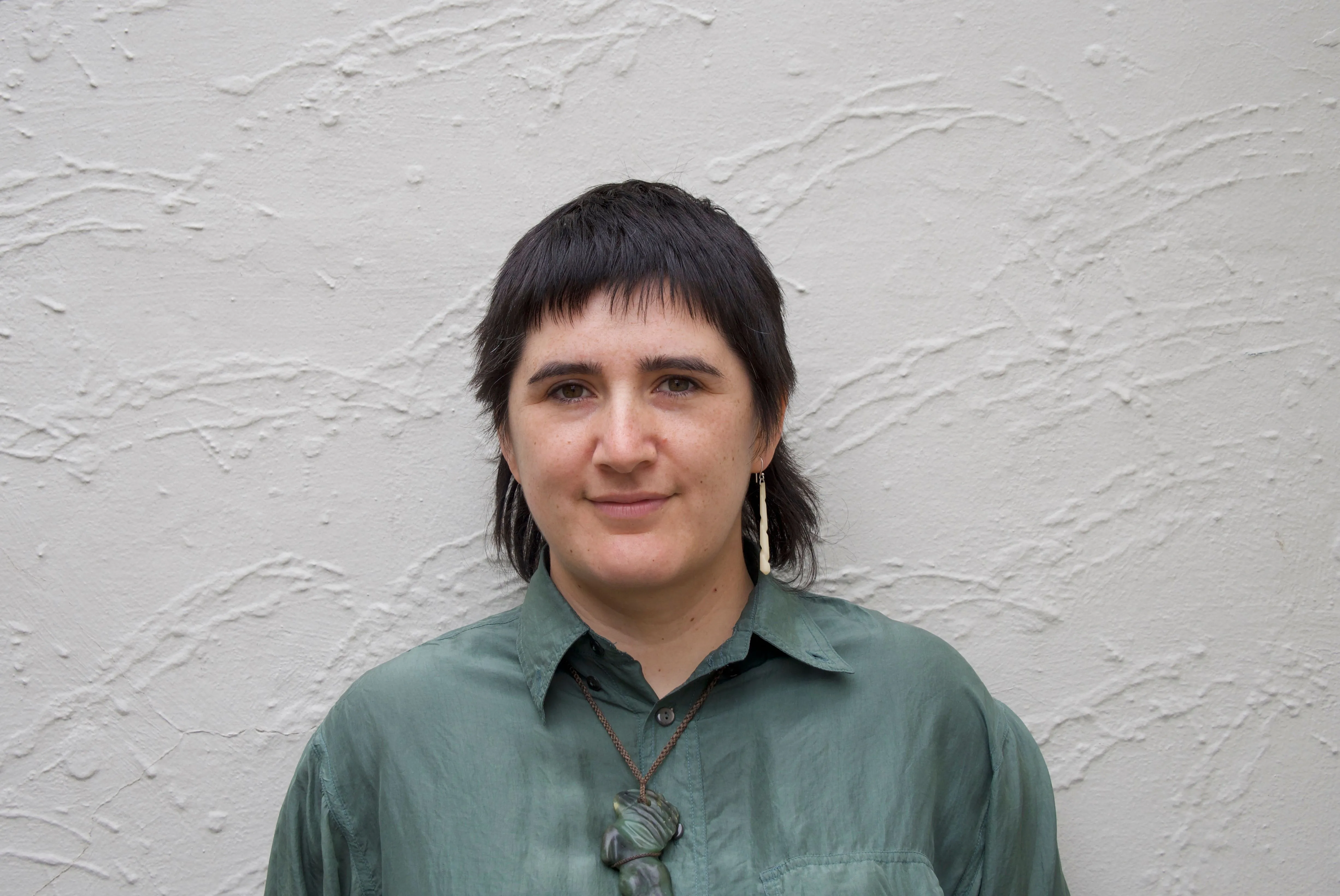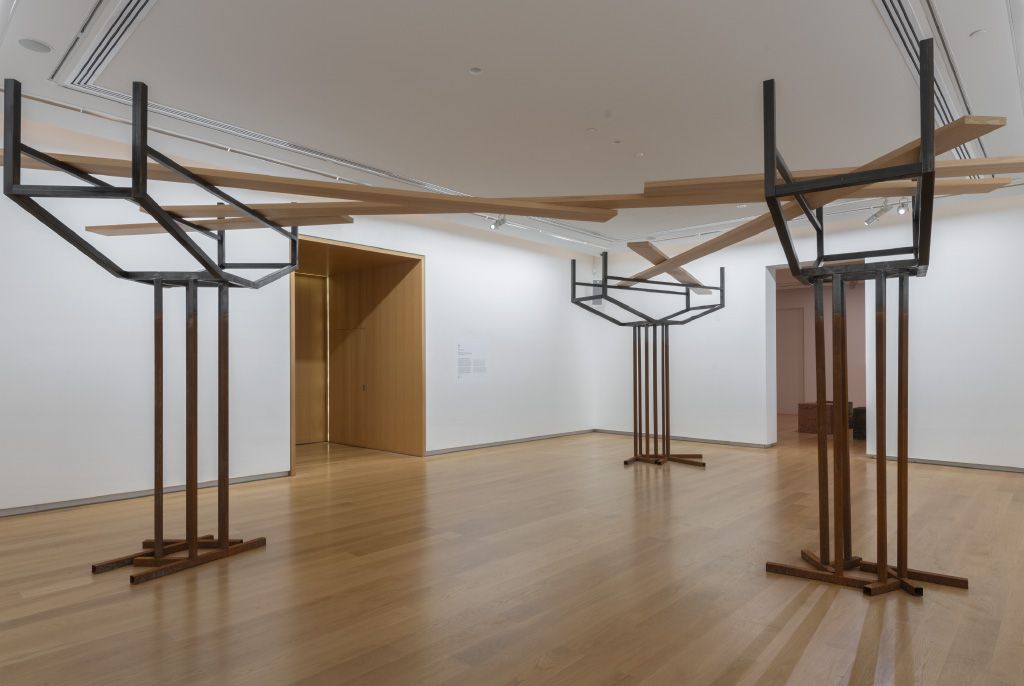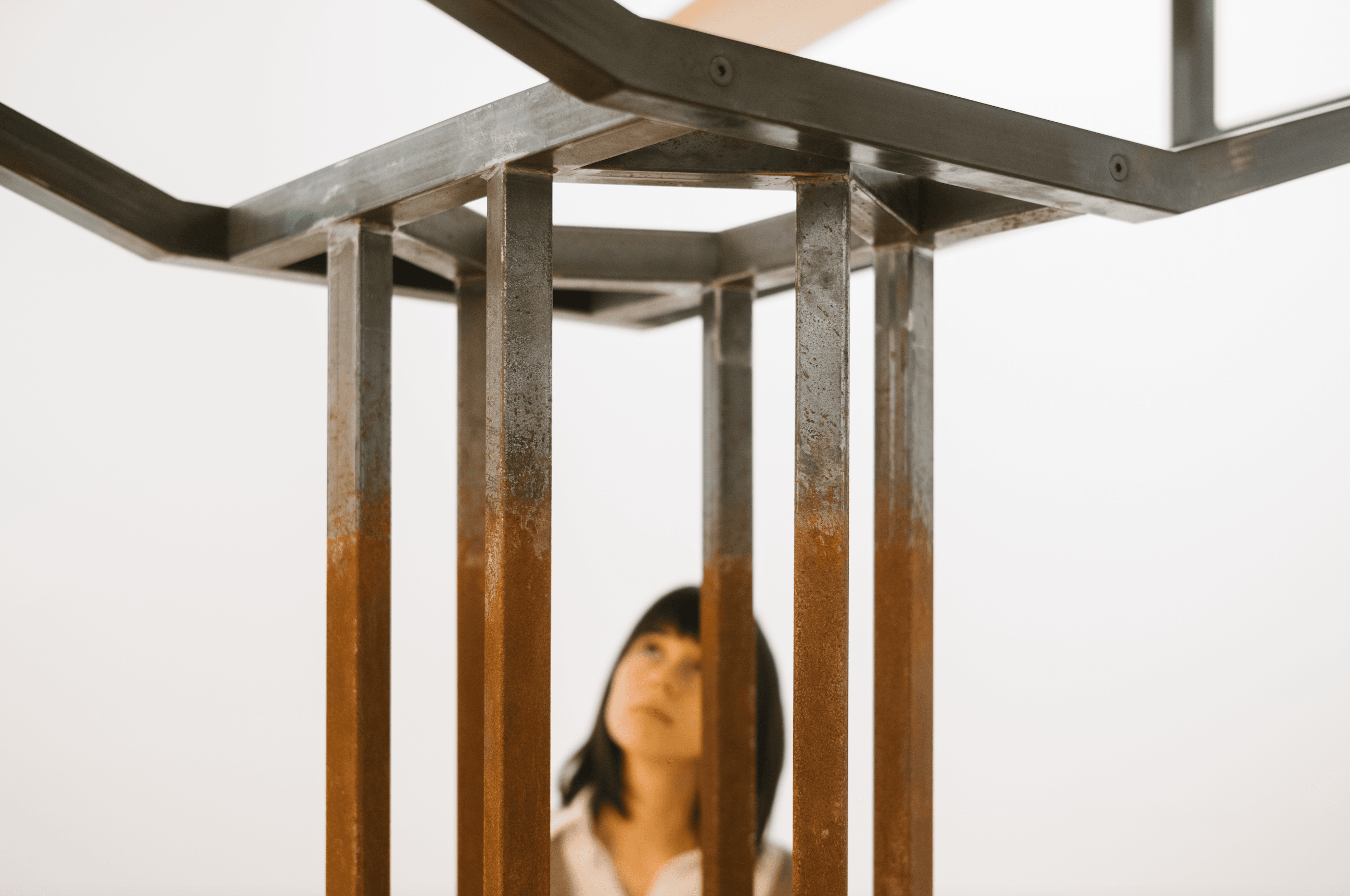Ana Iti Lands Lucurative Walters Prize
A place in an exclusive group of artists and a $50,000 cash prize has been extended to Hawke's Bay-based creative as the triennial national contemporary art award is announced.
Written by

One of the most coveted art prizes in Aotearoa has a new champion.
The Walters Prize has become a cornerstone contemporary art acknowledgement in this country over the last two decades - and its latest recipient was crowned at a private ceremony at Auckland Art Gallery on Friday night (27 September).
Te Matau-a-Māui Hawke's Bay-based creative Ana Iti (Te Rarawa) has overcome an immensely talented final field of Arts Laureate Brett Graham, Juliet Carpenter and Owen Connors to be crowned the 2024 winner - pocketing a $50,000 cash prize.
A graduate of both Ilam School of Fine Arts in Christchurch and Massey University in Wellington, Iti is a former Parehuia Colin McCahon House Residency recipient and Grace Butler Memorial Award winner.
Her Walters Prize-winning work - sculptural and sonic installation, A resilient heart like the mānawa (2024) - finished top of international judge Professor Bonaventure Soh Bejeng Ndikung's selections.

Iti joins distinguished alumni of the now triennial (formerly biennial) Walters Prize winners including following in the footsteps of this year's Venice Biennale Golden Lion-winning Maataho Collective and Maureen Lander (2021), Ruth Buchanan (2018), Shannon Te Ao (2016), Luke Willis Thompson (2014), Kate Newby (2012), Dan Arps (2010), Peter Robinson (2008), Francis Upritchard (2006), et al. (2004) and Yvonne Todd (2002).
The Walters Prize was set up to elevate contemporary art as a significant and debated aspect of cultural life, honouring the legacy of the late New Zealand artist Gordon Walters.
Professor Ndikung - director and chief curator of Haus der Kulturen der Welt (HKW) in Berlin - says he was honoured to have the chance to experience the works of “four absolutely brilliant artists of different disciplines and practices, different generations, different sociocultural and historical affiliations, but at the same time excelling similarly in the depth and breadth of their arts.”

Of his winning selection, he details “Ana Iti’s work A resilient heart like the manāwa has been singled out because of the radicality of its manifestation. Striped to the bare minimum, the work shares something in common with great poetry: the ability of accessing multiple universes through the availability of a few words.
“The concreteness of metals of the de-concretised wharf infrastructure that stand majestically in the gallery express the weight of histories of industry, of extractivism, of capitalism, of the colonial enterprise and of connections in Rāwene that was transformed into a timber town with a mill and shipyards in the early 1800s. While in a very delicate balancing act, the kauri timber floats almost unhinged over the heads of the visitors.
“In [the work] was the idea of drawing in space. The feet of each of the metal structures, just like the bodies thereof, and the floating wood seemed like abstract drawings in space. Constellations. Compositions.
“The notion of the mānawa that encapsulates several meanings — the heart and the mangrove, thus the title of the work could be understood as A Resilient Heart Like the Heart or the A Resilient Heart Like the Mangrove seemed to further ground the poetics of the work.
“Their ability to protect shorelines from erosion over time to me seems like an anecdote of resilience and resistance — emotionally, spiritually, politically, economically and otherwise. The work excels in its compactness and abbreviations without being reductive, or indeed it gets rid of everything redundant to give space for a larger truth to exist, and to find form.”
Like all of the four finalists, Iti's winning work was created with the Walters Prize in mind - invited to take part in the exhibition currently on show at Auckland Art Gallery (until 20 October) after being nominated for recent video and sculptural installations including The woman whose back was a whetstone (Govett-Brewster Art Gallery, 2021-22) and I must shroud myself in stinging nettle (City Gallery Wellington, 2022-23).